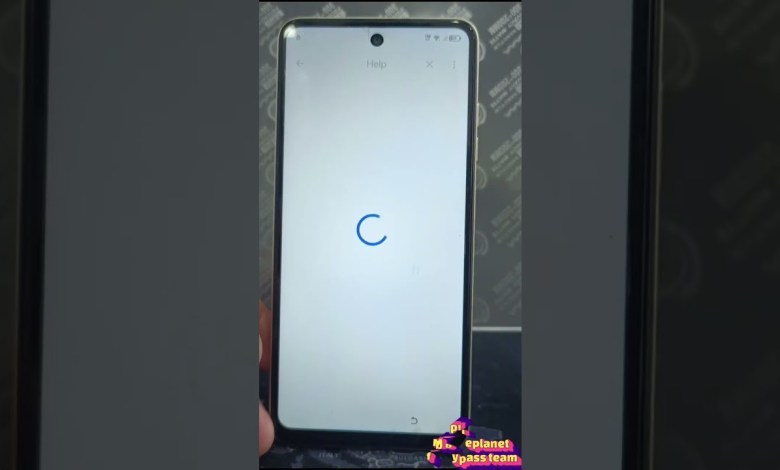Curious About Tecno SPARK GO 2024? Learn How to Bypass FRP on TECNO SPARK GO 1 with a New Method

Tecno SPARK GO 2024 , TECNO SPARK GO 1 FRP BYPASS NEW METHOD 100% WORK #frp#tecno#infinix#working
Heading 1: An Exploration of the Catchy “Hey” Lyrics
Hey, hey, hey. Hey, hey, hey. Hey, hey, hey. These words have been sung in countless songs throughout the years, gracing our ears with their catchy and rhythmic appeal. But have you ever stopped to wonder why they are so prevalent and what makes them so effective? In this article, we will delve into the world of the ubiquitous “hey” lyrics and explore their impact on music and culture.
Heading 2: The Origins of the “Hey” Chant
The use of the word “hey” in music can be traced back to early folk and blues songs, where it was often used as a call-and-response element. The repetitive nature of the word made it easy for audiences to join in and participate, creating a sense of unity and connection among listeners. Over time, the “hey” chant evolved and found its way into various genres of music, from rock to hip-hop, where it continues to be a staple in many songs.
Heading 3: The Power of Repetition
One of the key reasons why the “hey” chant is so effective in music is its repetitive nature. By repeating the word multiple times throughout a song, artists are able to create a hypnotic and infectious rhythm that draws listeners in and holds their attention. The simple yet powerful nature of the chant makes it easy for audiences to remember and sing along, turning it into a memorable and iconic part of the song.
Heading 4: Cultural Significance
The “hey” chant has also taken on a cultural significance beyond its use in music. In many cases, the word is used as a form of expression or communication, conveying a sense of enthusiasm, excitement, or urgency. Whether it’s shouted at a concert, chanted at a sporting event, or used in everyday conversation, the word “hey” has become a versatile and dynamic part of our language that can convey a wide range of emotions and meanings.
Heading 5: Hey in Different Languages
While we may be familiar with the English version of the “hey” chant, it’s worth noting that similar words exist in other languages as well. In Spanish, for example, the word “oye” serves a similar purpose and is often used in music and conversation. In French, the word “hey” is translated to “salut” or “coucou,” both of which are commonly used as greetings or expressions of surprise. Across cultures and languages, the word “hey” has found a place as a universal form of communication that transcends linguistic barriers.
Heading 6: Hey in Modern Music
In the world of modern music, the “hey” chant continues to be a popular and widely used element in a variety of genres. From pop to indie to EDM, artists from all corners of the music industry have incorporated the word into their songs, adding a sense of immediacy and energy to their music. Whether it’s used as a catchy hook, a call to action, or a simple expression of joy, the “hey” chant remains a powerful and timeless tool in the hands of musicians.
Heading 7: Conclusion
In conclusion, the “hey” chant is more than just a catchy lyric in a song. It’s a cultural phenomenon that has transcended boundaries and genres to become a universal expression of enthusiasm and connection. From its origins in folk music to its modern-day use in pop songs, the word “hey” continues to hold a special place in the hearts of music fans around the world. So the next time you hear those familiar sounds of “hey, hey, hey” in a song, take a moment to appreciate the power and significance of this simple yet impactful chant. Hey, hey, hey. Hey, hey, hey. Hey, hey, hey. Hey, hey, hey. Hey. Hey, hey, hey. Hey, hey, hey. Everybody hey, any feel. Hey, hey, hey. behind. Heat. Heat.
#Tecno #SPARK #TECNO #SPARK #FRP #BYPASS



